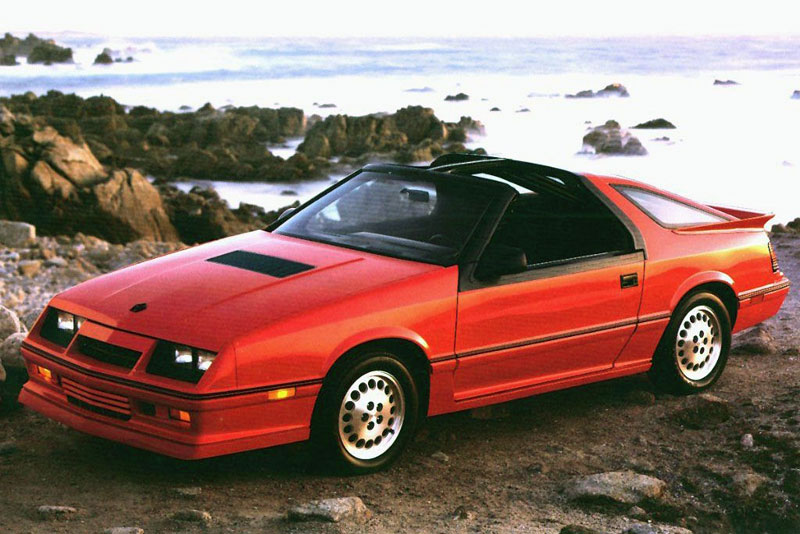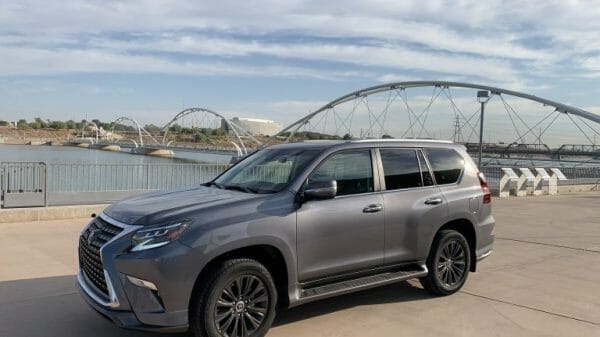
In 1984, Chrysler introduced a model marketed as its “first sports car” and later as the “first front-wheel-drive sports car built in America.” It was praised for its luxury features such as adjustable sport seats with Mark Cross leather and an available digital dashboard.
Despite continuous enhancements to make the car more competitive, it failed to attract buyers, leading Chrysler to discontinue its sports coupe experiment after just three years. The Chrysler Laser initially offered two powertrain options: a 2.2-liter inline four-cylinder engine with 93 horsepower and 121 pound-feet of torque and a turbocharged version producing 142 horsepower and 160 pound-feet of torque.
The car came with a standard five-speed manual transmission, but buyers could also choose a TorqueFlite three-speed automatic. Over its three-year production run, only 147,396 Lasers were manufactured.
It’s difficult to determine how many Chrysler Lasers still exist today. In Canada, the Chrysler Daytona replaced the Dodge Daytona, while the Dodge Daytona continued to sell well in the United States until the 1993 model year.
The Laser nameplate resurfaced in 1990. Chrysler introduced a promising car with great potential; however, it struggled to compete effectively in the market and eventually faded into obscurity.












